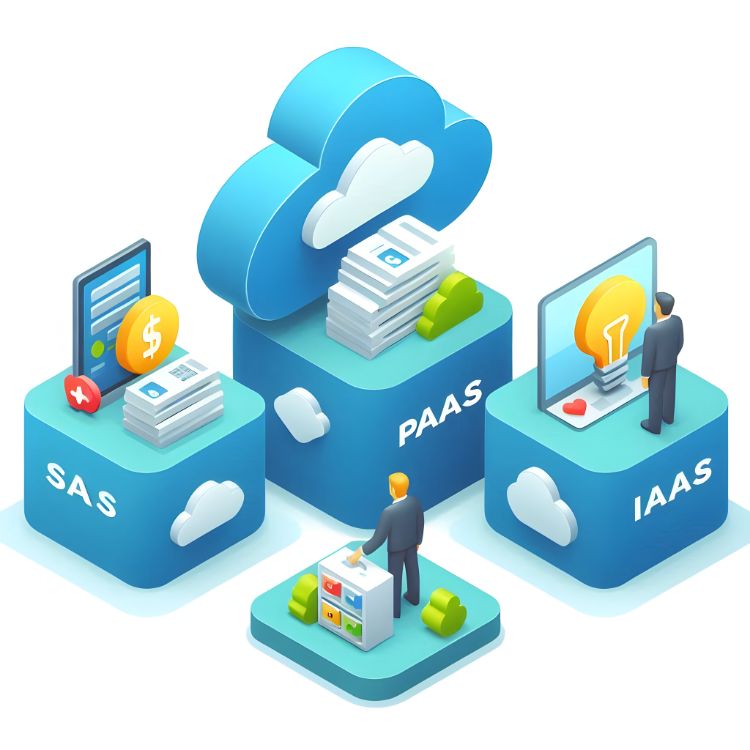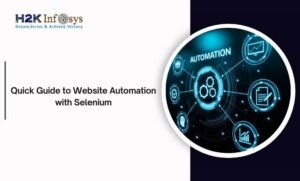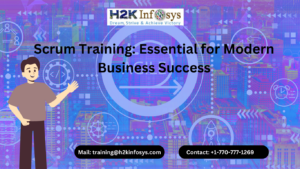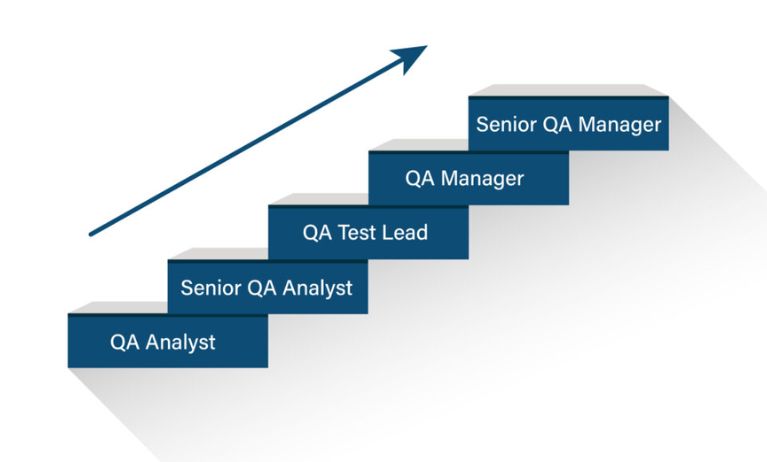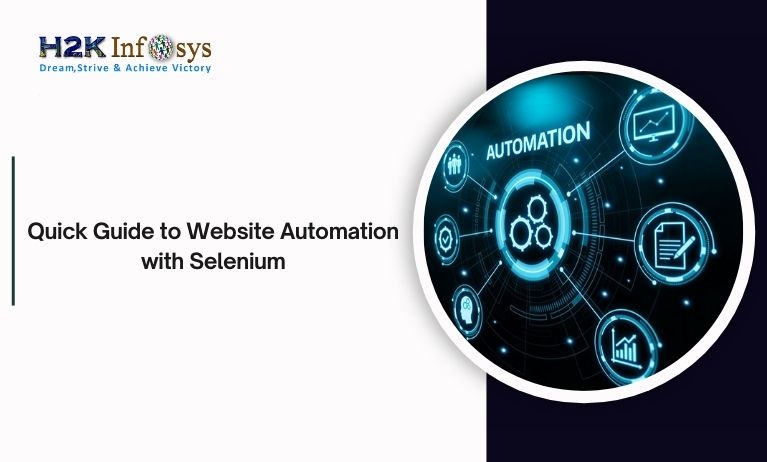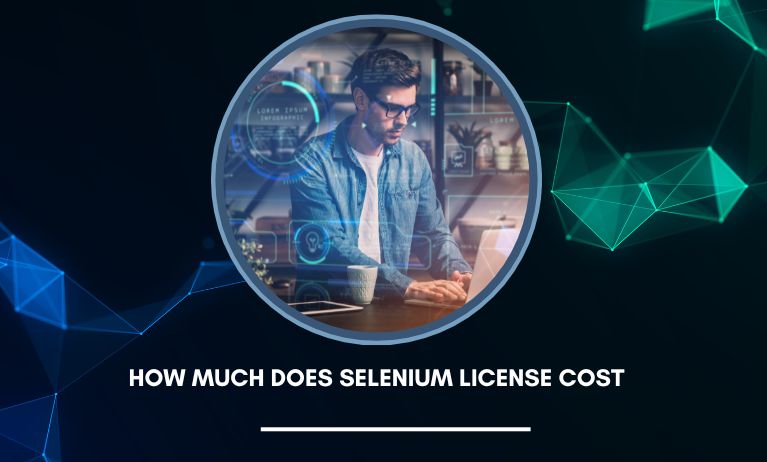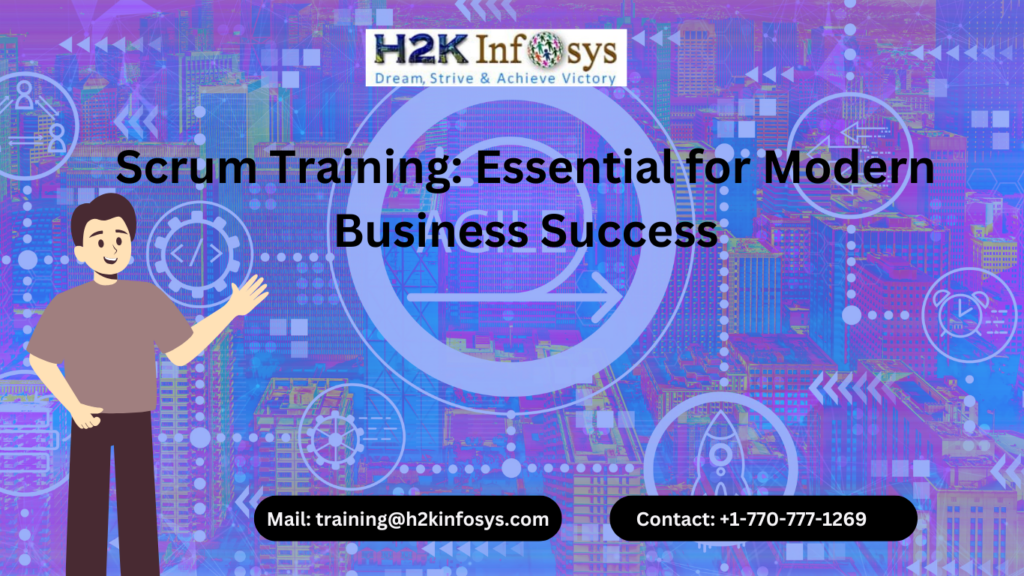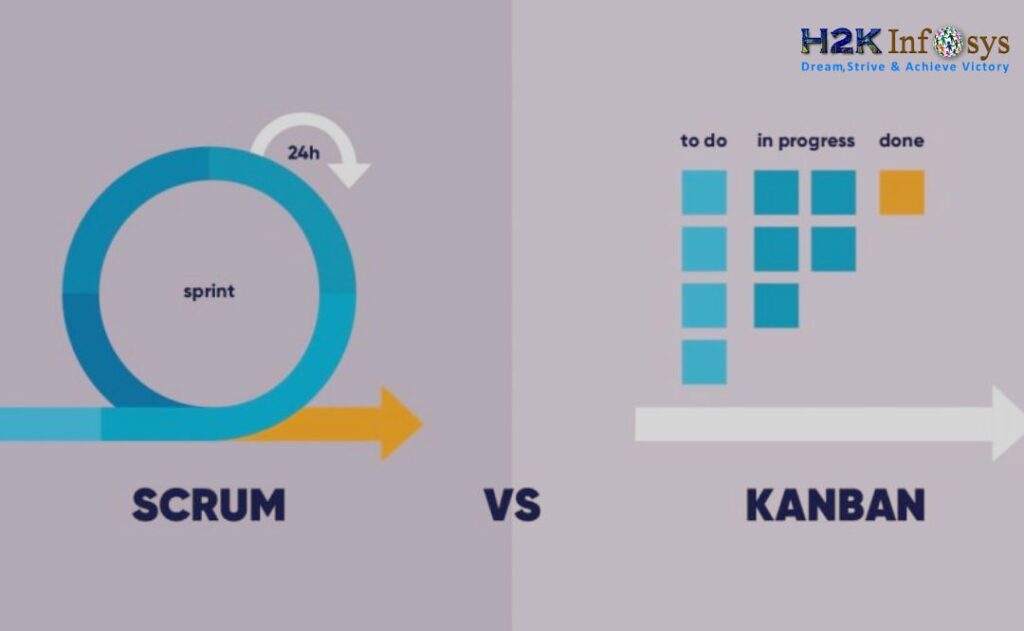Introduction
Cloud computing has revolutionized how businesses handle IT resources, offering flexibility, scalability, and cost-efficiency. The primary cloud service models Infrastructure as a Service (IaaS), Platform as a Service (PaaS), and Software as a Service (SaaS) each offer unique benefits suited to different business needs. In this guide, we’ll explore these models in the context of enterprise solutions and understand how they drive modern-day digital transformation.
What Is IaaS (Infrastructure as a Service)?
Overview of IaaS
IaaS provides fundamental IT resources, such as servers, storage, and networking capabilities, on a subscription basis, making it ideal for companies that need on-demand scalability. It offers high-level flexibility, allowing organizations to build and maintain their applications while avoiding hardware maintenance costs.
Benefits of IaaS
- Scalability: Scale resources up or down as business demands fluctuate.
- Cost-Efficiency: Avoid capital expenditure on hardware by utilizing a pay-as-you-go model.
- Flexibility: Customize and configure infrastructure to suit specific application needs.
Common Use Cases for IaaS
- Data Storage: Storing large volumes of data without the need for physical storage investments.
- Backup and Recovery: Ensuring data security and ease of recovery without additional infrastructure.
- Testing and Development: Creating a flexible environment to test and develop new applications or features.
What Is PaaS (Platform as a Service)?
Overview of PaaS
PaaS delivers a platform that allows developers to build applications without managing the underlying infrastructure. This model benefits software development teams looking to streamline development, testing, and deployment.
Benefits of PaaS
- Accelerated Development: Pre-built tools and environments speed up the software development process.
- Reduced Management: Allows teams to focus on application development rather than infrastructure maintenance.
- Enhanced Collaboration: Facilitates better teamwork among developers by providing shared environments.
Common Use Cases for PaaS
- Application Development: Building and deploying web or mobile applications with pre-configured development tools.
- Data Analysis and Business Intelligence: Running analytical models and generating insights without handling infrastructure.
- API Development and Management: Easily create, manage, and test APIs in a structured environment.
What Is SaaS (Software as a Service)?
Overview of SaaS
SaaS delivers fully functional applications accessible via the internet, making it ideal for organizations using software without maintaining it. SaaS is widely used across industries for functions such as CRM, ERP, and productivity tools.
Benefits of SaaS
- Ease of Access: Accessible from anywhere with internet access, providing flexibility for remote teams.
- Automatic Updates: Users benefit from regular updates and security enhancements without manual intervention.
- Cost Savings: Reduces costs associated with software maintenance and support.
Common Use Cases for SaaS
- Customer Relationship Management (CRM): Seamlessly manage client interactions and sales pipelines.
- Enterprise Resource Planning (ERP): Streamline business operations with integrated tools.
- Collaboration Tools: Facilitate team collaboration and document sharing with cloud-based applications.
Key Differences Between IaaS, PaaS, and SaaS
| Aspect | IaaS | PaaS | SaaS |
|---|---|---|---|
| Management Level | Infrastructure | Development Platform | Fully Managed Software |
| Primary Users | IT Infrastructure Teams | Developers and DevOps Teams | End-users and Business Teams |
| Customization | Full customization | Limited to application development | Pre-configured and less customizable |
| Cost Model | Pay-as-you-go | Subscription or usage-based | Subscription or licensing |
Why Businesses Choose IaaS, PaaS, or SaaS
Choosing IaaS for Scalability and Flexibility
Ideal for businesses with IT expertise, IaaS offers control over resources and the flexibility to scale operations without the burden of physical hardware.
Choosing PaaS for Development Efficiency
Businesses focused on software development benefit from PaaS by accessing development environments and tools that reduce time-to-market.
Choosing SaaS for Simplicity and Accessibility
SaaS is popular among companies that require minimal IT management, as it provides ready-to-use applications that enhance productivity.
How Cloud Models Complement Each Other
Integrating IaaS, PaaS, and SaaS in a Hybrid Approach
Many organizations implement a combination of IaaS, PaaS, and SaaS to meet their unique needs, with each model serving a specific function within the business’s cloud strategy.
Example Scenarios
- IaaS for Data Management, PaaS for Application Development, and SaaS for CRM Tools: A b+usiness may store data on IaaS, build applications on PaaS, and use SaaS for customer relationship management.
- IaaS and SaaS for E-commerce: IaaS can support the infrastructure for an online store, while SaaS tools manage customer interactions.
Future Trends in Cloud Computing
- Increased Adoption of Hybrid and Multi-Cloud Strategies: Businesses are increasingly blending IaaS, PaaS, and SaaS to create customized cloud solutions.
- Enhanced Security Solutions: Cloud providers are improving security features to handle complex workloads across IaaS, PaaS, and SaaS models.
- AI and ML Integration: Cloud models will increasingly integrate AI and ML capabilities to deliver smarter applications and services.
Extended Benefits and Drawbacks of IaaS, PaaS, and SaaS in Salesforce
While each model has its core benefits, Salesforce provides unique advantages by allowing organizations to leverage these cloud services specifically tailored to CRM and enterprise needs. Here’s how Salesforce integrates IaaS, PaaS, and SaaS for enhanced business operations:
IaaS (Infrastructure as a Service) Extended Benefits with Salesforce
- Dynamic Workloads: IaaS in Salesforce enables scaling resources quickly to meet customer demand. This is particularly beneficial for organizations running high-traffic applications, as they can rely on Salesforce’s robust infrastructure.
- Salesforce Data Management: Salesforce IaaS solutions allow companies to manage and store large volumes of data securely, which is especially valuable for enterprises handling sensitive customer information.
- Rapid Prototyping: With Salesforce IaaS, businesses can instantly create environments to test and deploy new tools or custom applications within the Salesforce ecosystem, reducing R&D time.
PaaS (Platform as a Service) Extended Benefits with Salesforce
- Enhanced Agility: Salesforce PaaS, often referred to as the Salesforce Platform or App Cloud, enables rapid development and customization of CRM applications, enhancing flexibility and innovation.
- Collaborative Development: Salesforce PaaS supports collaborative workflows, allowing development teams to work seamlessly on building, deploying, and integrating custom applications directly within Salesforce, which can enhance CRM functionality and user experience.
- Accelerated Development: With pre-built modules and development tools in the Salesforce platform, companies can accelerate development timelines and deploy applications directly into their Salesforce environment.
SaaS (Software as a Service) Extended Benefits with Salesforce
- User-Friendly Interface: Salesforce SaaS applications, like Salesforce CRM, provide an intuitive interface that is easy for teams to adopt, making it accessible to both technical and non-technical users.
- Global Accessibility: Salesforce SaaS solutions enable users to access the platform from anywhere, facilitating a seamless experience for sales, marketing, and customer service teams.
- Cost-Efficiency: Salesforce SaaS offers a subscription-based model, which allows businesses to avoid high upfront costs for software. This is particularly beneficial for small businesses and startups looking to optimize their CRM budgets.
Salesforce Use Cases for IaaS, PaaS, and SaaS
IaaS Use Cases with Salesforce
- Data Storage for CRM: Salesforce IaaS provides scalable data storage solutions for CRM data, enabling organizations to manage large amounts of customer information efficiently.
- Testing and Development Environments: With Salesforce IaaS, companies can create sandbox environments to test new features, ensuring stability before deploying updates to their main CRM system.
PaaS Use Cases with Salesforce
- Custom CRM Development: Salesforce PaaS empowers businesses to build tailored CRM applications with unique functionality, using tools like Salesforce App Cloud to manage customer interactions and streamline sales processes.
- Integration with Other Platforms: Salesforce’s PaaS model enables seamless integration with other business applications, enhancing the CRM’s reach and capabilities, such as integrating ERP or marketing automation tools.
SaaS Use Cases with Salesforce
- Customer Relationship Management (CRM): Salesforce SaaS is a leading CRM solution that helps businesses manage customer interactions, track sales, and enhance customer satisfaction.
- Analytics and Reporting: Salesforce SaaS provides robust analytics tools, allowing companies to analyze customer behavior, track KPIs, and make data-driven decisions to optimize sales strategies.
Integration Strategies with Salesforce IaaS, PaaS, and SaaS
Using Salesforce cloud services across IaaS, PaaS, and SaaS provides businesses with a hybrid approach that combines the best of each model.
Hybrid Cloud Strategy with Salesforce
Salesforce offers solutions that integrate seamlessly with existing cloud infrastructure, allowing organizations to use Salesforce’s PaaS for development while leveraging IaaS for data storage and compute power.
Multi-Cloud Strategy with Salesforce
By integrating Salesforce with other cloud providers, businesses can enhance resilience and flexibility. For example, a company might use Salesforce’s CRM SaaS while relying on another provider’s IaaS for backend data management.
Salesforce Security and Compliance in IaaS, PaaS, and SaaS
Each cloud model in Salesforce offers security features tailored to different aspects of data protection, user access, and compliance.
IaaS Security in Salesforce
Salesforce IaaS provides a secure infrastructure where companies can implement firewalls, encryption, and access control. This is essential for businesses handling sensitive CRM data, as Salesforce ensures high levels of data security.
PaaS Security in Salesforce
Salesforce’s PaaS model includes built-in security features, ensuring applications hosted within the Salesforce platform meet security compliance standards and are protected from external threats.
SaaS Security in Salesforce
Salesforce SaaS applications comply with industry standards for data security, offering encryption, secure data transfer, and authentication protocols that protect user information. This makes Salesforce SaaS ideal for industries with strict regulatory requirements, like healthcare and finance.
Future of Salesforce in IaaS, PaaS, and SaaS
Salesforce continues to evolve its cloud services to incorporate advanced technologies like AI, machine learning, and predictive analytics. This evolution allows Salesforce users to make smarter decisions based on real-time insights and improves CRM capabilities.
Conclusion
Choosing between IaaS, PaaS, and SaaS models depends on the specific needs and goals of a business. While IaaS offers control and flexibility, PaaS enhances development processes, and SaaS provides user-friendly applications without complex management requirements. A comprehensive understanding of these models allows businesses to adopt cloud strategies that streamline operations, reduce costs, and drive innovation.

